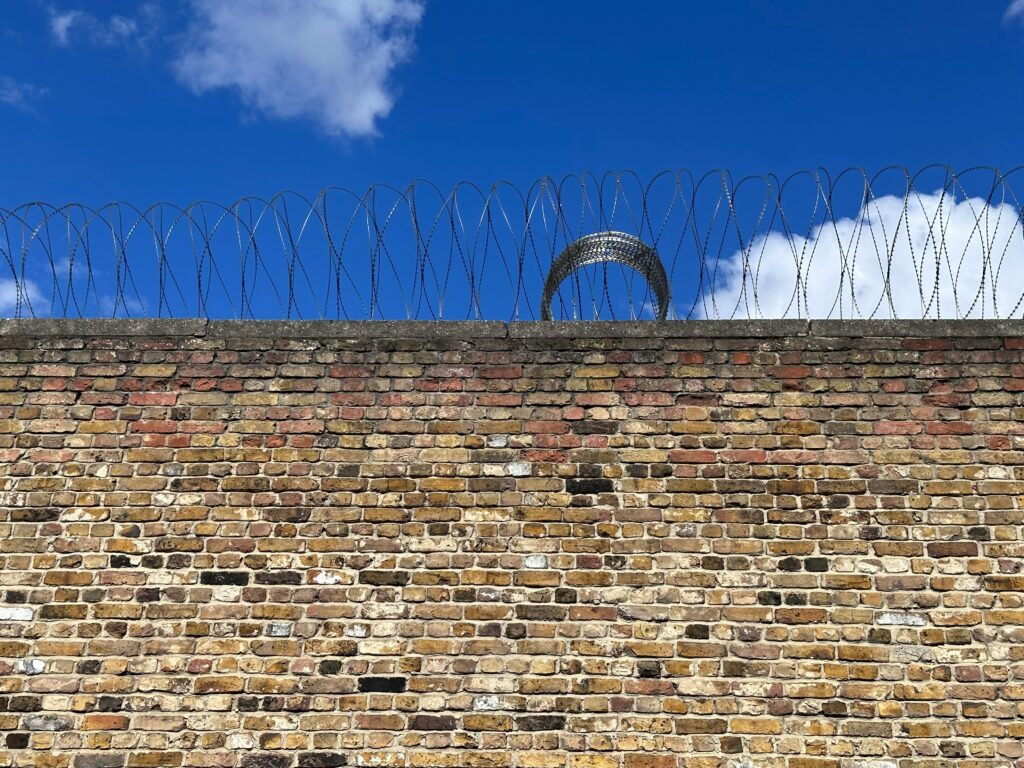John Osmond unpicks how the political machinery is being put together in the National Assembly’s engine room
With yesterday’s opening of the National Assembly out of the way the next item of business is to decide the legislature’s Committee structure. This is not as straightforward as you might think, especially now the Assembly has full legislative powers over its 20 subject areas following the referendum.
To begin with a strategic decision has to be made whether to separate the legislative and scrutiny functions or to combine them into dual legislative and scrutiny committees.
The former was the approach adopted in the last Assembly when 18 Committees were established. Many AMs are in favour of continuing this system, including I understand a majority of the Conservative Group. The main arguments in favour are that it is familiar and provides a balance and clear lines between policy and legislative work.
However, a major drawback, identified by a lot of outside organisations involved in lobbying the Assembly, is that AMs with the greatest expertise in particular policy areas were often not involved in the scrutiny of related legislation. It is noteworthy that the Scottish Parliament has a dual legislative and scrutiny committee system and it is acknowledged that this brings great benefits by concentrating the expertise of Members in legislative as well as policy scrutiny.
A further advantage is that the Scottish system can work with fewer Committees, which is highly relevant in Wales where we have far fewer politicians – 60 to the Scottish Parliament’s 129. Moreover, of course, not all 60 are available for Committee work since eleven of them are Ministers in the Government and another two are the Presiding and Deputy Presiding Officers. This leaves just 47 Members to populate anywhere between a dozen and 20 Committees.
In a memorandum prepared by the Assembly’s Business Committee’s secretariat these options are laid out in some detail. It suggests that if the policy and legislative Committees are split there might be 15 Committees in total – five policy and five legislative committees, together with committees for Public Accounts, Finance, Constitutional Affairs, Petitions and Standards. In such a system the available members would have to fill around at least three places each.
On the other hand if the policy and legislation Committees are combined there might be 13 Committees in total, with eight Subject Committees, with each available members filling around at least two places each.
A complicating and potentially decisive factor in weighing up these options is the Committee Chairs. Since these roles are time-consuming they limit the availability of Members to sit on multiple Committees. Equally, if not more important, the Committee Chairs draw an extra £12,000 remuneration, which the cynical might say is an important consideration for Members when deciding how many Committees there should be. Indeed, overall in the last Assembly about three-quarters of the Members were involved in extra duties – whether through their Cabinet position or chairing Committees – that took their salaries above the basic remuneration.
If all this is not complicated enough the Business Committee Secretariat’s briefing note provides a third option for structuring the Committees. This is for “dual legislative and scrutiny committees with the capacity to undertake both functions simultaneously”. What does that mean? In the words of the briefing:
“In this model, a relatively small number of subject-based committees would be established with sufficiently large memberships to allow them to undertake work in smaller groups so as to allow policy and legislative work to take place simultaneously.”
However, militating against this approach is that the smaller the committees or sub-committees are, the less chance there is for party political balance in their make-up. On this calculation Labour is likely to opt for a system which involves a large number of smaller committees, while the Opposition parties will lean to a smaller number of larger committees.
On this calculation, the decision may hang on whether it is made while the Liberal democrats remain short of two of their members – due to their current disqualification. This would give Labour an easy majority if the matter comes down to a vote, rather than being sorted out by consensus within the Business Committee. How soon the Committee structure is decided and the way it is resolved is likely to tell us a lot about the internal machinations of the Assembly in the coming five years.






A very fair assessment of the options. Personally I see much merit in the Scottish model, providing the legislative programme is not over weighed by one or two departments. The last Assembly had too many Committees in proportion to its membership. The innate conservatism of several stakeholders will, however, probably mitigate against radical change. And the prospect of reducing the number of paid chairs is unlikely to find favour with those who have a vested interest in patronage.